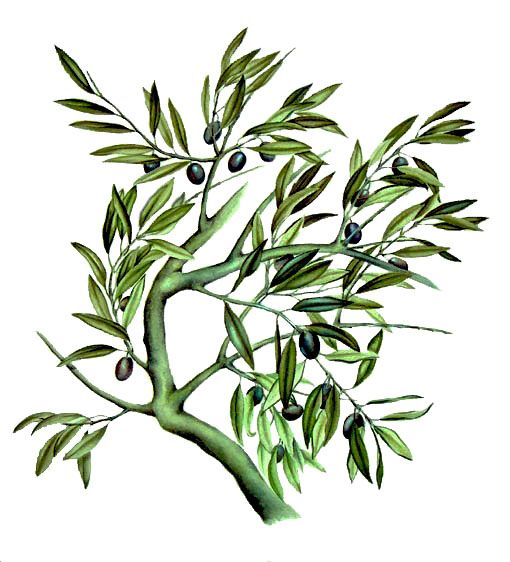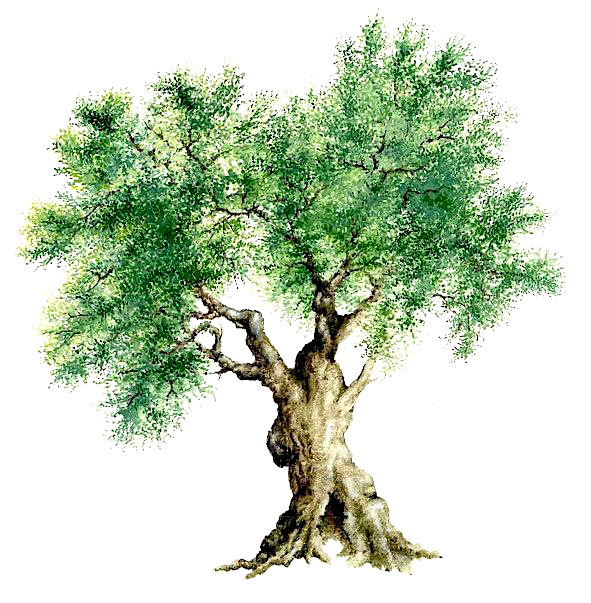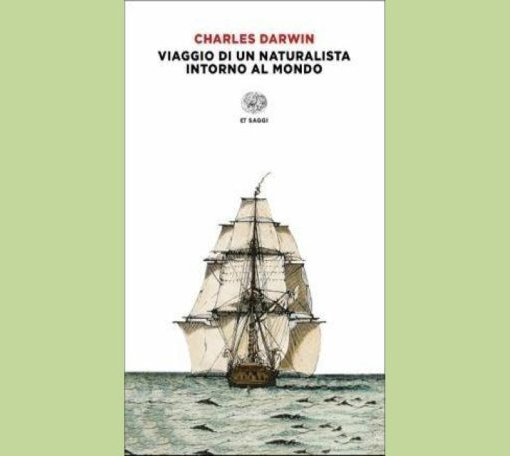Symbol of peace and different cultures is the most emblematic element of the Mediterranean flora.

OLIVE (Olea Europaea L.)
BOTANICAL CARD
Belonging to the Oleaceae family, it originates from a vast region between the southern part of the Caucasus, Iran, Palestine and Syria and has gradually colonized all the countries bordering the Mediterranean basin, settling down in the territories between 0 and 900 meters above sea level.
It is an evergreen tree, a broad-leaved, slow-growing, very long-lived tree, which can reach 10 meters in height. Some thousand-year-old specimens of considerable size and with twisted trunks survive in various parts of the Mediterranean.
The stem has a gray bark and, at the base, the stump emits numerous suckers each year from structures called ovules. Particularly hard wood is used in carpentry and for the production of tools and furnishing elements.
The roots are quite shallow and do not exceed one meter deep.
The leaves, opposite, oval-lanceolate, with acute apex, whole margin and slightly facing down, are inserted on sub-quadrangular branches. The upper surface is dark green, the lower surface is silver, due to the presence of a dense hairiness consisting of stellate-scaly hairs.
The flowers, ivory white, with the corolla divided into four lobes and funnel-shaped goblet, are hermaphroditic and come together in racemes, called little fingers, to the axils of the leaves and branches of the previous year.
Flowering occurs between May and June depending on the climatic zones.
The fruit, the olive, is represented by a fleshy drupe of variable dimensions depending on the cultivar, the cultivation technique and the climatic conditions; it is rich in oily substances and takes on a color that varies from light green to black depending on the degree of maturity. Inside the fruit is the woody and elliptical core.
The first fruiting takes place around the 3rd – 4th year of tree life and reaches full productivity around 10 °
The collection period is from October to December

The wild form, the Olivastro (Olea europaea L. var. Oleaster Hoffgg.) is a spontaneous variety widespread throughout the Mediterranean basin. In Sardinia in particular, there are olive groves among the largest in the whole Mediterranean. Particularly long-lived (it can reach 2000 years), it has characteristics similar to the cultivated form and is particularly important for local cultures.
It is resistant to fires and very hard wood was used in the past to make small tools for family use.
In the various regions in which it is present, the olive tree assumes the following names:
Region Local name
Liguria: Uiva, Oriva
Piedmont: Ramoliva
Lombardy: Olia
Veneto: Oliver
Friuli: Ulivar
Tuscany: Ulivo, Ulivastro
Umbria: Piantone
Campania: Auliva, Ogliastru
Basilicata: Gliastro
Puglia: Termite, Auuì, Alivo
Calabria: Olivaru
Sicily: Alivu
Sardinia: Ozzastru, Ozastru, Ollastu, Ugliatra
Credits
Author: Maria Beatrice Lupi. Naturalist, an expert in training, planning for sustainable development, participatory methodologies and European planning. Currently, she is involved in dissemination and education for sustainability.
Translation by Maria Antonietta Sessa




